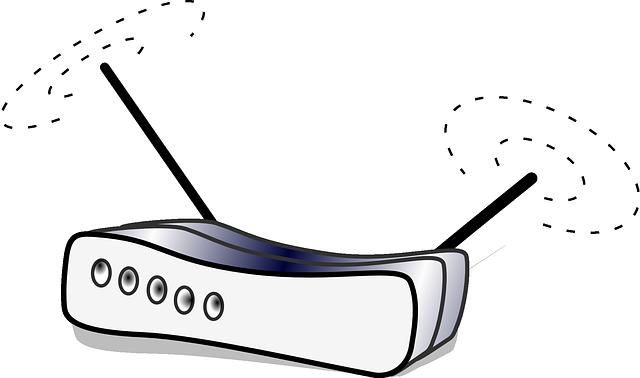
So you’re sitting at home on your laptop and suddenly your internet speeds drop. You take a look at your wireless network settings, and find that your have poor signal, but the router is in the other room? This is one of the most common complaints, and there are many variables that may contribute to the speed drop. Here are a few ways you cannot only improve your signal strength, but also your download speeds on your Wi-Fi compatible device.
Change the Channel
No, I’m not talking about what’s on the telly. It’s slightly more complex than that. If your neighbours have their own wireless connection, you may end up with interference. A router operates on several different channels – for example a 2.4GHz band rounder has 13 available channels. If you change the channel to one that doesn’t overlap, you may experience less interference. A 5GHz router would have even more channels available. This can be done manually, or you could find software online that does this for you.
Reposition your Wireless Router
Sometimes the simplest solutions are the most effective. A faster speed can be achieved by moving the router away from hidden areas which could be affecting signal strength. A router may not be the most attractive object in the house, but it should never be hidden away behind objects that may interfere with the signal. Furthermore, place the router away from walls or obstructions in the centre of the house in order to achieve an even signal in each room. If you’re main concern is having an ugly router in your living room, check out iiNet’s bob – a stylish hybrid wireless modem / home phone.
Modify your Router
There are various ways you can boost your wireless signal, some which are cheaper than others. For example, give the model router you have – you could attach a better antenna which could improve signal strength and range. You could also attach a better Wi-Fi card to your home desktop PC. Many online stores sell Wi-Fi extenders which act as a bridge – extending the Wi-Fi signal.
Manage your Bandwidth
Well I think I can speak for everyone reading this article that you have more than once device connected to your home network. The amount of devices connected with affects the wireless speeds each device receives. Downloading and streaming video, online gaming and video conferencing use hefty amounts of bandwidth, which means that other connections will bottleneck, and evidently the internet speeds will be affected. Many routers have Quality of Service (QoS) settings which allows your router prioritise applications.
Time to Upgrade
At the end of the day, your signal is only as good as the equipment you are using. It could be that you have a very fast internet connection, but the hardware you’re using is outdated and not compatible with the fast speeds. The best thing to do in this scenario is to see what hardware is available, and see what signals your home devices are compatible with. Currently, you would choose wireless N over the slower A, B and G equipment.
So there you have it guys, a quick wrap on what to do if your connection is lagging. There are tonnes of support sites up there which will help you troubleshoot if none of these solutions work.
Photo Source: Pixabay


















